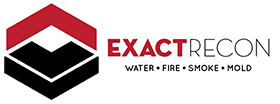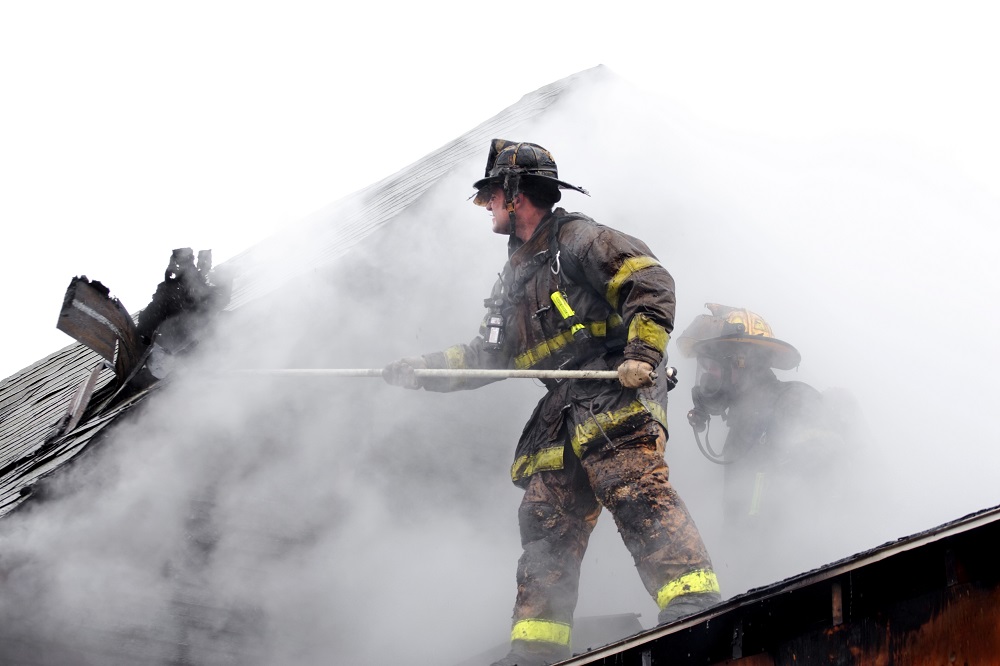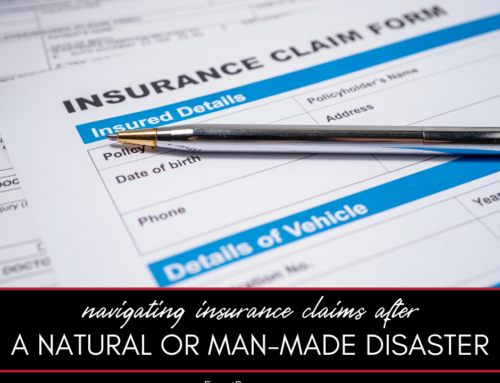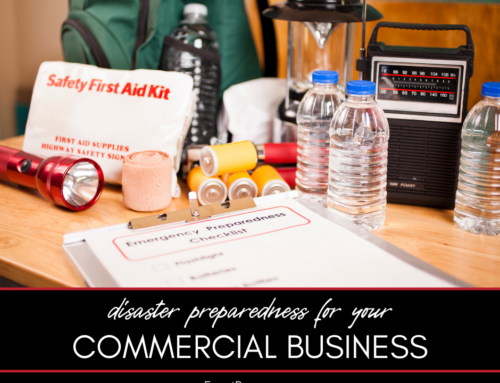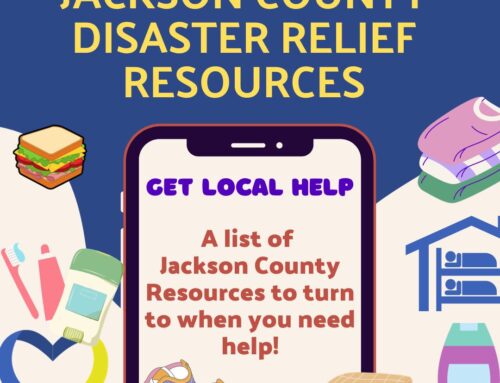Most people know that there are different types of fire extinguishers, and that each type puts out a different type of fire. If you are not familiar with carbon dioxide fire extinguishers, this guide explains what they are and where you can use them.
What is a Carbon Dioxide Fire Extinguisher?
Carbon dioxide fire extinguishers are filled with a non-flammable gas (carbon dioxide). These canisters contain extreme pressure, which enables the gas to spray out hard and fast. The pressure is so strong in these types of fire extinguishers that if you use one, you may see small bits of dry ice shooting out.
How to Identify a CO2 Fire Extinguisher
Carbon dioxide fire extinguishers are easy to identify. They usually have a hard horn Attached to a short or long hose, and they don’t have a pressure gauge like many other types of fire extinguishers do. usually, they say “CO2” somewhere on the label.
These types of fire extinguishers can be very small, weighing as little as 5 pounds, or they can be very large, weighing as much as 100 pounds.
Related: 5 long-term effects of smoke in your home
When Should You Use a Carbon Dioxide Fire Extinguisher?
Carbon dioxide fire extinguishers can put out Class B and Class C fires. Those are fires that involve flammable liquids and electrical items. That means you may be able to use a CO2 fire extinguisher to put out kitchen fires, electrical fires, and a range of other types of fires.
Related: House fire stats that every homeowner should know
How Do CO2 Fire Extinguishers Work?
CO2 fire extinguishers work by displacing oxygen. Generally, they blow away the oxygen that is feeding a fire and replace it with carbon dioxide, which isn’t flammable (that means it doesn’t feed fires).
Related: 7 important winter fire safety tips
Do You Need a Disaster Remediation Expert in Washtenaw County or Jackson County?
If your home has already been damaged, we can help. Check out our services and call 734-352-9183 for your free disaster remediation quote today. We offer:
Sewer cleanup and disinfecting
